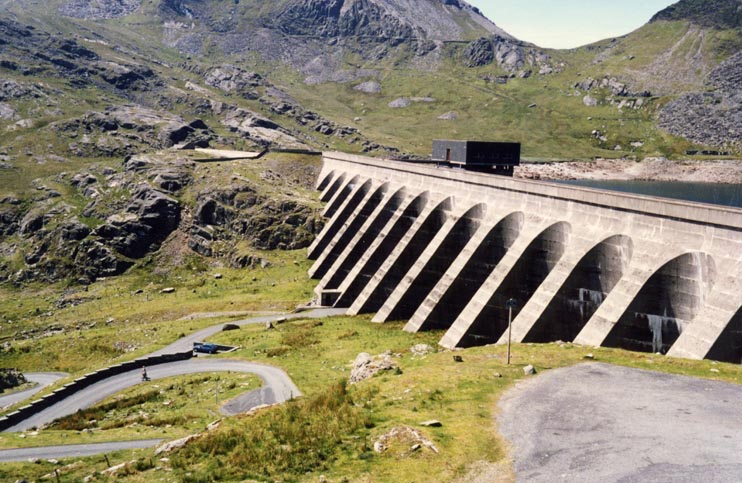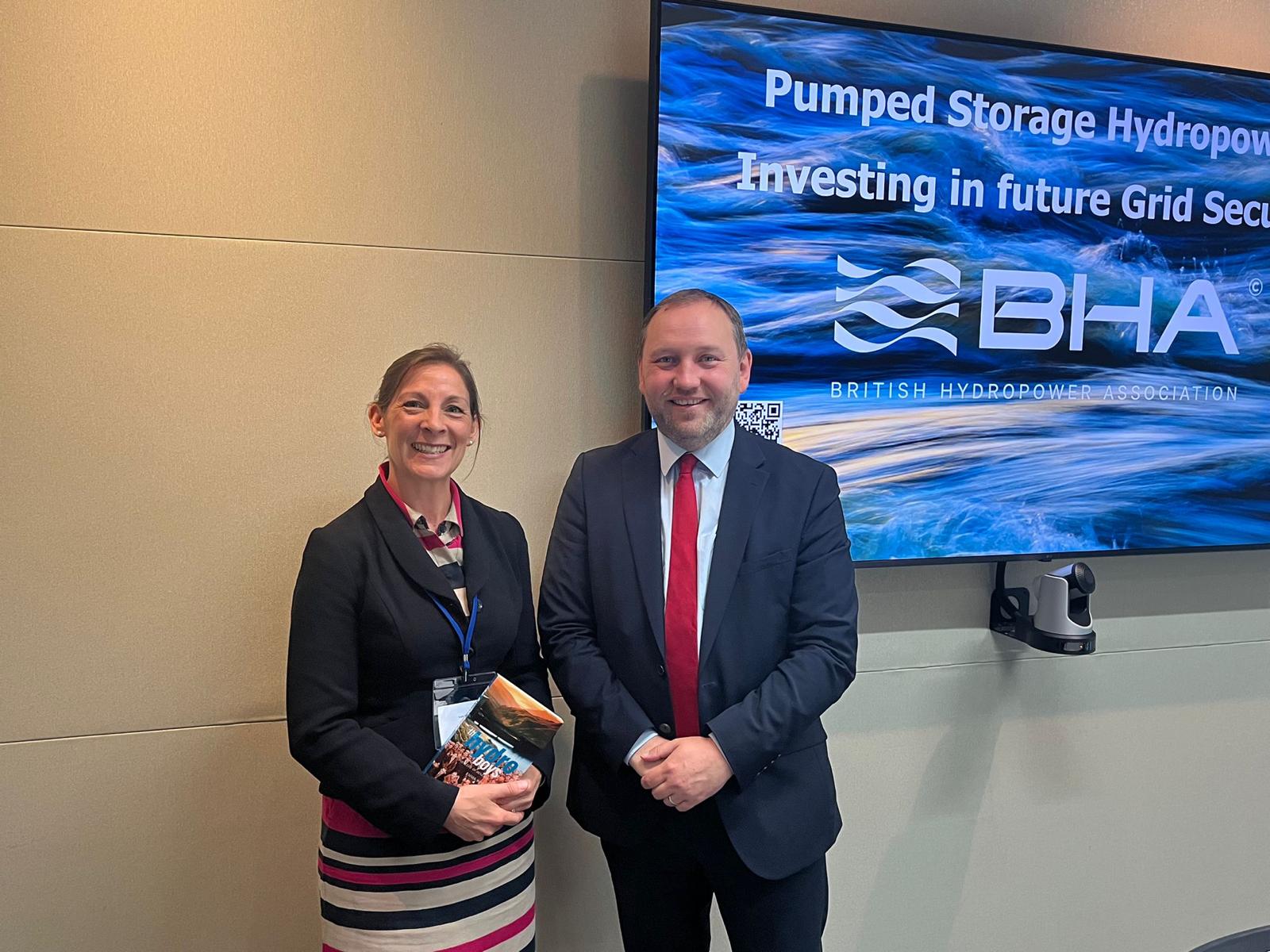UK Government must invest in hydropower, industry tells Secretary of State for Energy Security and Net Zero

- British Hydropower Association and Scottish Renewables leading calls for a ‘cap and floor’ mechanism to accelerate investment and demonstrate a “step-change” in decision-making
- UK has a pipeline of more than 9GW including several ‘shovel ready’ projects, but inaction has been costing consumers
The British Hydropower Association and Scottish Renewables have written a joint letter to Ed Miliband, the Secretary of State for Energy Security and Net Zero, Ian Murray, the Secretary of State for Scotland, and Jo Stevens, the Secretary of State for Wales, urging the UK Government to support the deployment of long-duration electricity storage (LDES), including pumped storage hydro (PSH).
In the letter, which is co-signed by all major developers of PSH in the UK, the trade bodies called on the UK Government to urgently introduce a ‘cap and floor mechanism’ for LDES to enable the delivery of the PSH pipeline which currently stands at more than 9GW of capacity, including several shovel ready projects.

The ‘cap and floor’ is designed to unlock investment by striking a balance between commercial incentives and appropriate risk mitigation for project developers. The ‘floor’ provides a minimum revenue certainty for investors, with a regulated limit, or a ‘cap’ on revenues to avoid excessive returns to developers.
With the delivery of a LDES ‘cap and floor’ mechanism, PSH can play a key role in supporting the UK Government’s net-zero targets and helping secure Britain’s clean energy future.
PSH is essential for storing energy from variable renewable sources like wind and solar, ensuring power availability when demand is highest.
To enable the delivery of the LDES ‘cap and floor’ mechanism, the industry is urging the UK Government to:
- Publish its response to the 2024 LDES consultation by August, confirming the decision to develop a cap and floor mechanism.
- Commit to establishing a policy framework by the end of 2024, with a consultation on the scheme’s detailed design in early autumn.
- Commit to opening the first application window for LDES technologies in early 2025 at the latest.

Ian Murray MP recently attended a high-profile BHA event in his first official engagement since being appointed to the UK cabinet where he indicated that the UK Government understood the importance of ‘cap and floor’ and said it “was key” to securing investment in new projects.
Kate Gilmartin, CEO of the British Hydropower Association, said:
“With economic growth and renewable energy at the centre of the new government’s agenda, there is an opportunity to demonstrate a step-change in decision-making after years of delay and uncertainty.
“By prioritising the urgent delivery of a cap and floor mechanism, we can send positive signals to international investors and trigger large-scale capital projects and job creation.”
Claire Mack, Chief Executive of Scottish Renewables, said:
“The UK Government has set a bold and ambitious target of achieving clean power by 2030. To deliver on this target, it is essential that Long Duration Electricity Storage is deployed at pace alongside renewable generation.
“As a well-established technology with a multi-gigawatt pipeline and several ‘shovel ready’ projects, Pumped Storage Hydro is a key technology to smoothly integrate the increase in generation we require, help reduce system costs and deliver huge economic benefits across the country.
“However, despite the extensive benefits of these projects being clear, the lack of policy support has meant that no new Pumped Storage Hydro capacity has been built in the UK for over forty years. By urgently delivering a cap and floor mechanism for Long Duration Electricity Storage, the UK Government therefore has an opportunity to put an end to years of delay and uncertainty and unlock the investment required for these projects to play their crucial role in enabling Britain to become a clean energy superpower.”

The Scottish Renewables report, ‘The Economic Impact of Pumped Storage Hydro’, indicates that six PSH projects under development could deliver £5.8 billion in Gross Value Added (GVA) and create nearly 15,000 jobs by 2035.
Additionally, a Department for Energy Security and Net Zero analysis estimates system savings of up to £24 billion from deploying up to 20GW of long-duration electricity storage.
The BHA and Scottish Renewables represent developers with a combined pipeline of more than 9GW of new PSH projects, offering over 190GWh of storage capacity. Many of these projects are described as “shovel ready,” awaiting only the implementation of an appropriate cap and floor mechanism to enable deployment.





